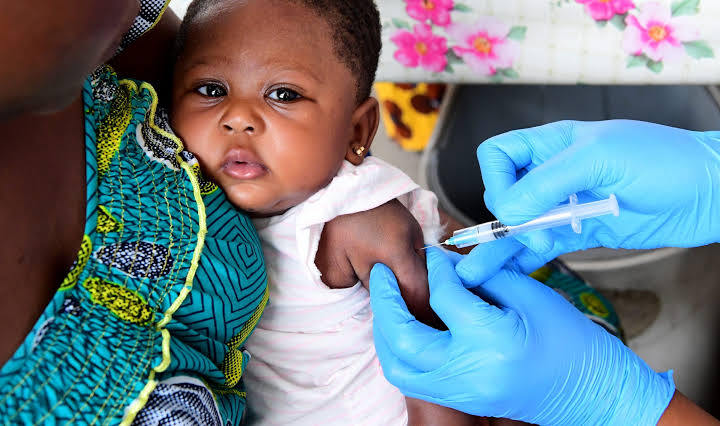A recent report by the World Health Organisation (WHO) and the United Nations Children’s Fund (UNICEF) reveals a concerning trend in global childhood immunization coverage.
Despite efforts to recover from the COVID-19 pandemic, vaccination rates have stalled, leaving 2.7 million more children under-vaccinated compared to pre-pandemic levels in 2019.
According to the report, the number of children who received three doses of the vaccine against diphtheria, tetanus, and pertussis (DTP) stalled at 84% in 2023, with 14.5 million children not receiving a single dose. Moreover, 6.5 million children did not complete their third dose of the DTP vaccine, which is necessary for disease protection in infancy and early childhood.
The report highlights that over half of unvaccinated children live in fragile, conflict-affected, and vulnerable settings, where access to healthcare services is limited. WHO and UNICEF emphasize the need for governments, partners, and local leaders to invest in primary healthcare and community workers to ensure every child receives vaccination.
While global immunisation coverage has remained largely unchanged since 2022, there are some positive trends. The introduction of new and under-utilised vaccines, such as the human papillomavirus (HPV) vaccine, has expanded protection for millions of children, particularly in Gavi-supported countries like Bangladesh, Indonesia, and Nigeria.
UNICEF Executive Director Catherine Russell urged for a global effort to close the immunisation gap, while WHO Director-General Dr Tedros Ghebreyesus committed to supporting countries in closing gaps and protecting vulnerable children. Gavi CEO Dr Sania Nishtar emphasized the impact of vaccines like HPV, which has reached more girls than ever before, paving the way for eliminating cervical cancer.


